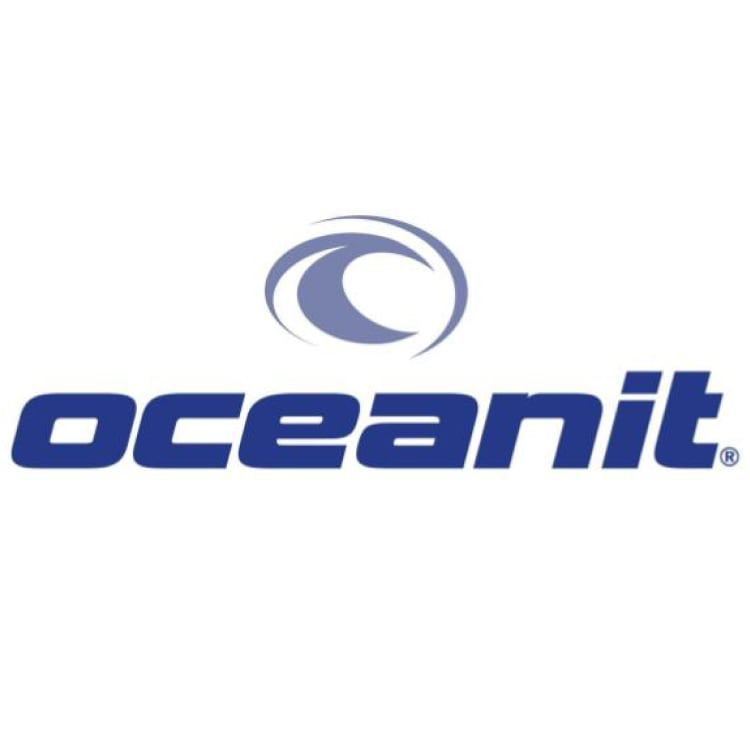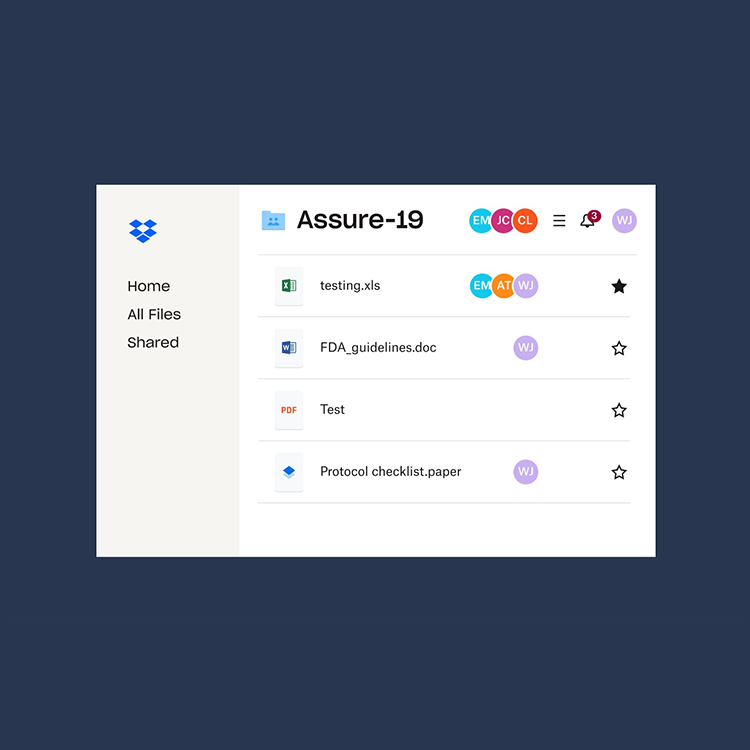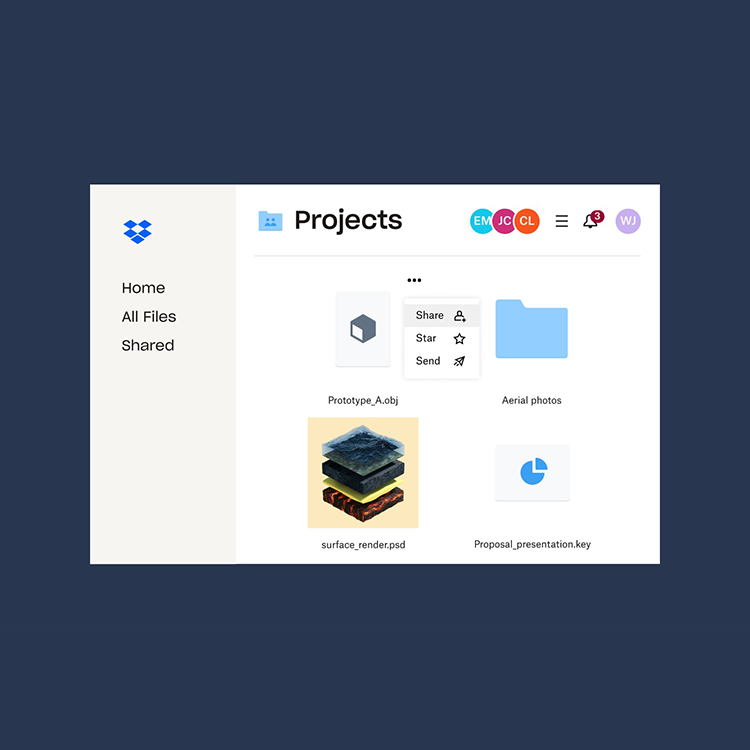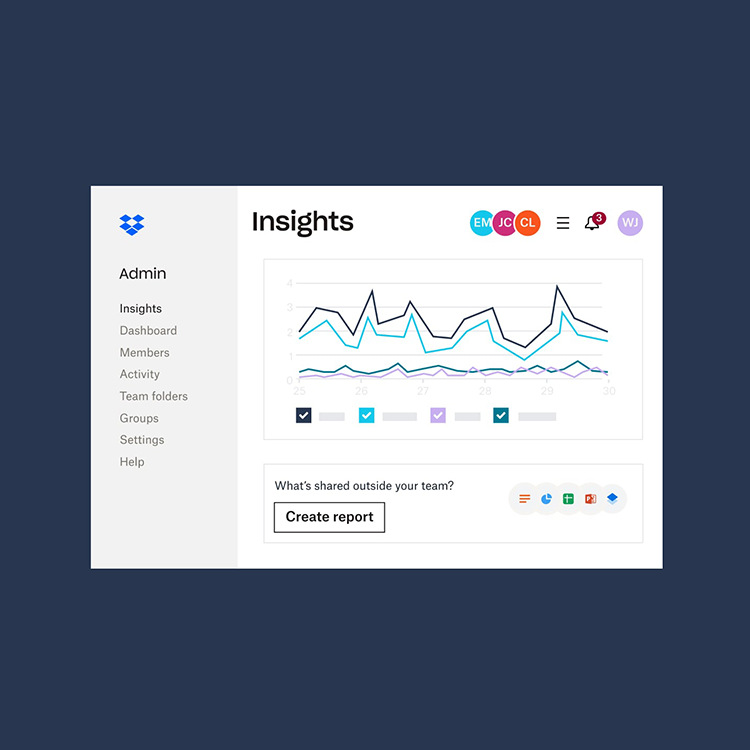by David Takeyama, IT Director at Oceanit
Security is a pressing concern for IT professionals, and staying on top of cyber threats is a full-time job. Securing your organization’s infrastructure and protecting data often require compromises. You may have to limit or eliminate access to tools and online platforms that pose a security risk. But doing so can deprive people of the vital resources they need to collaborate and create.
Too often, companies take an all-or-nothing approach to security and lock down everything and everyone. But you have to be flexible in order to compete. Some users work on sensitive projects and need more protection, while others can be secure with fewer constraints. Rarely does it make sense to restrict your entire workforce to the same tools and permissions.












